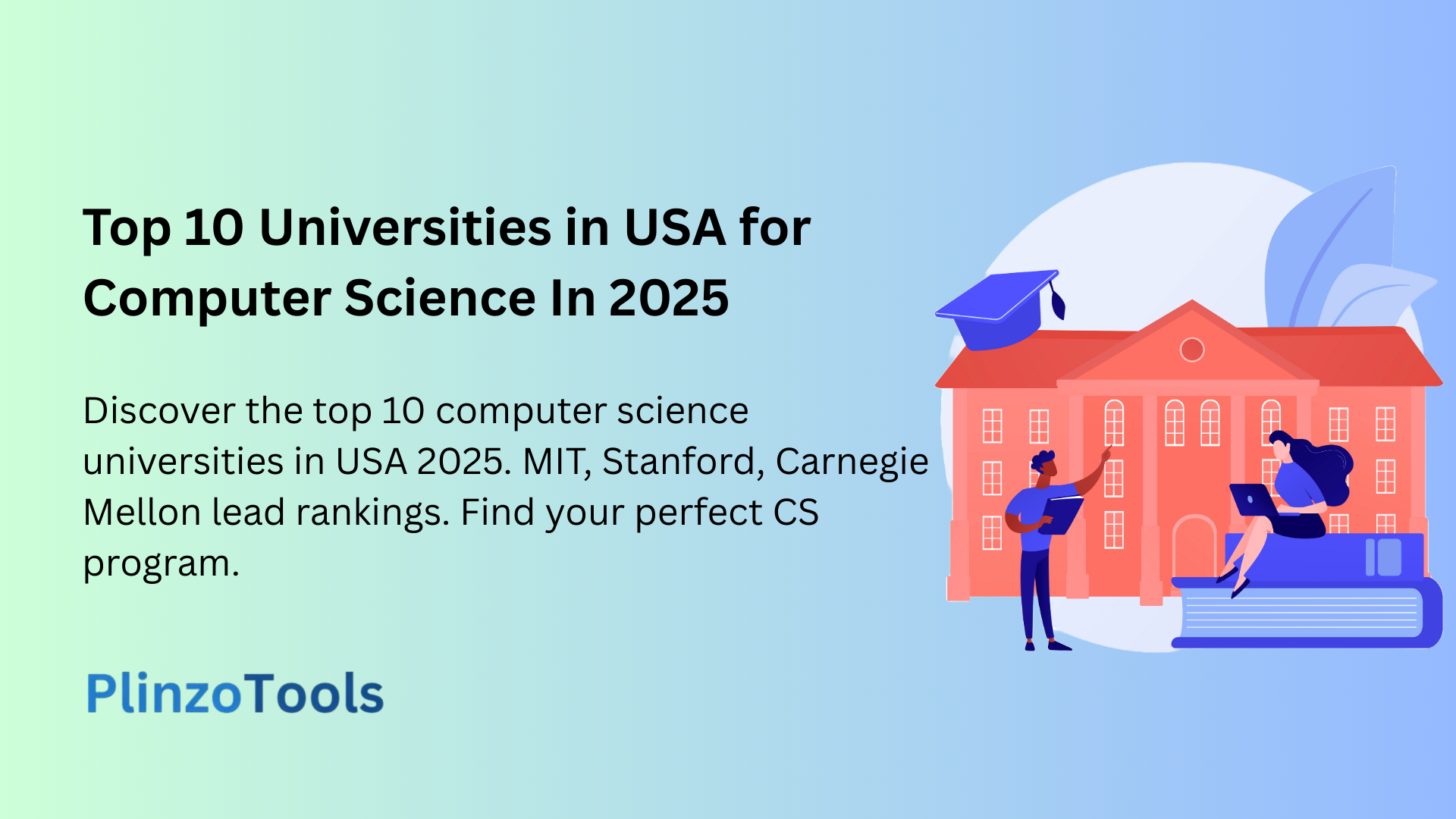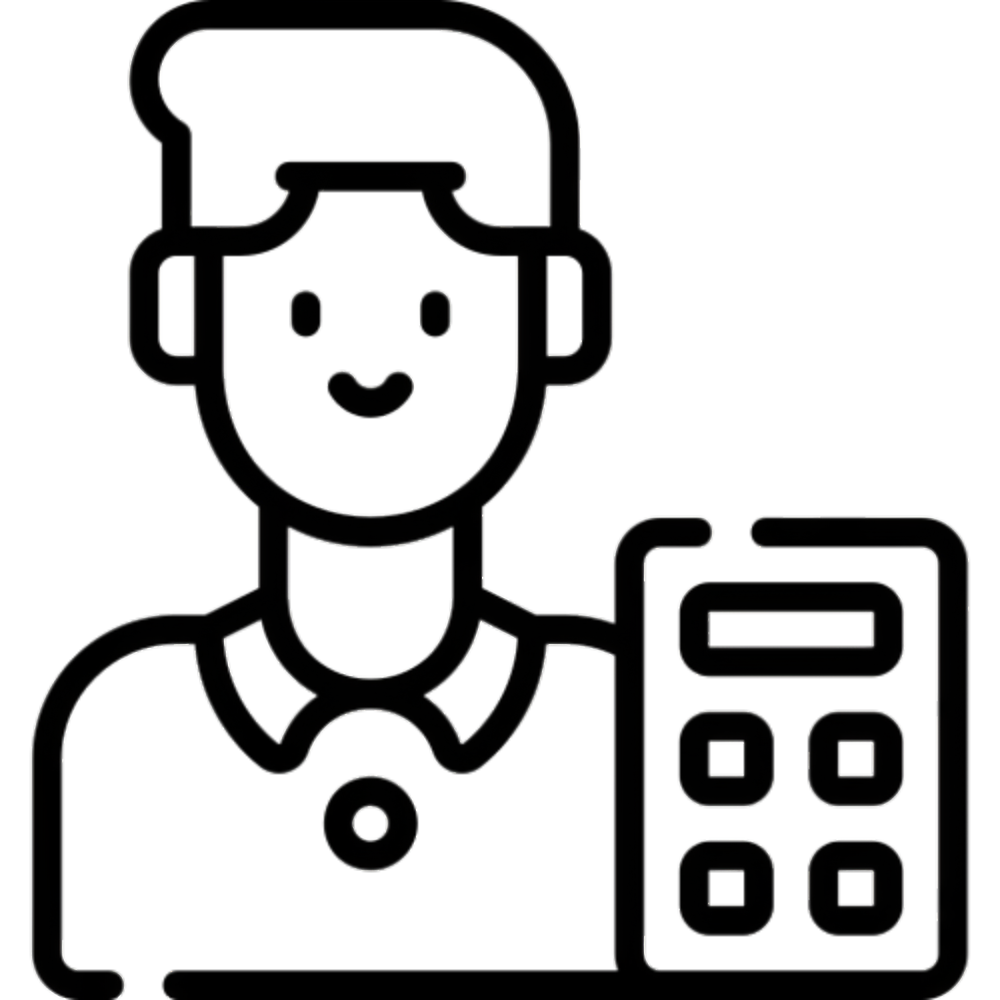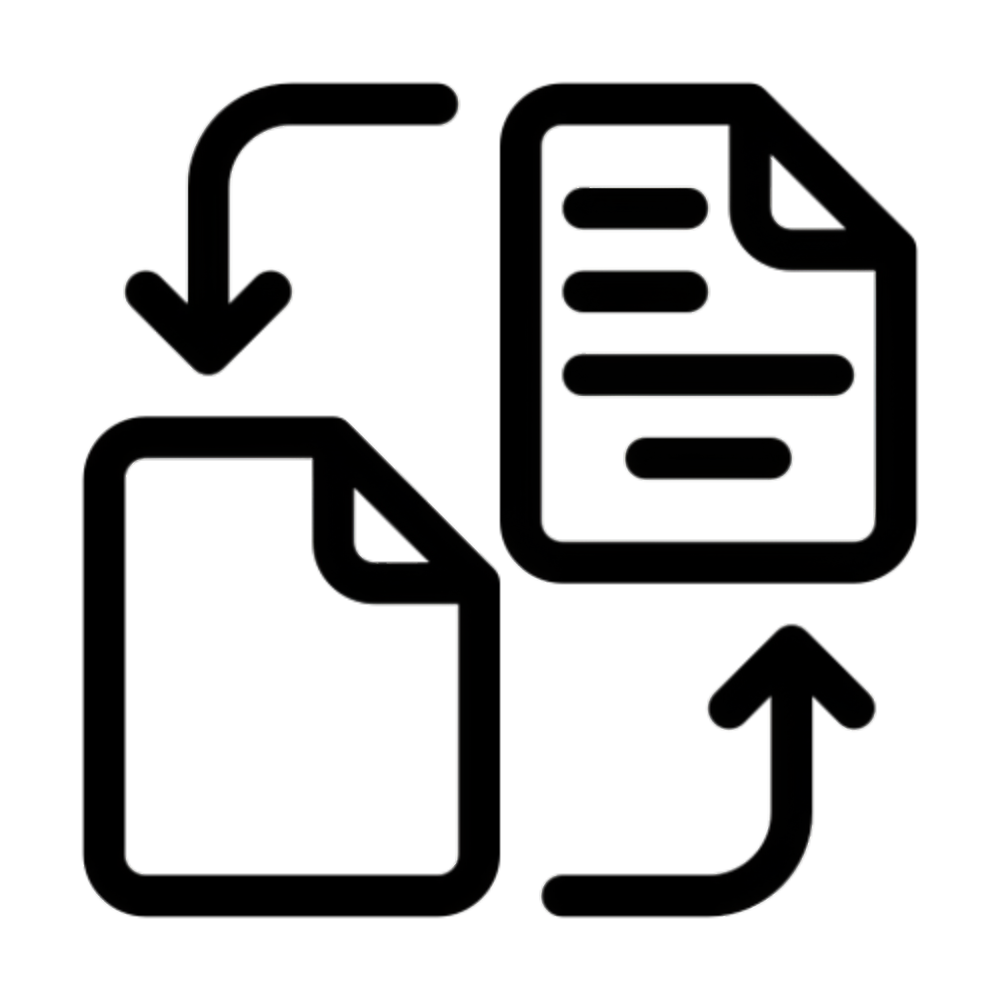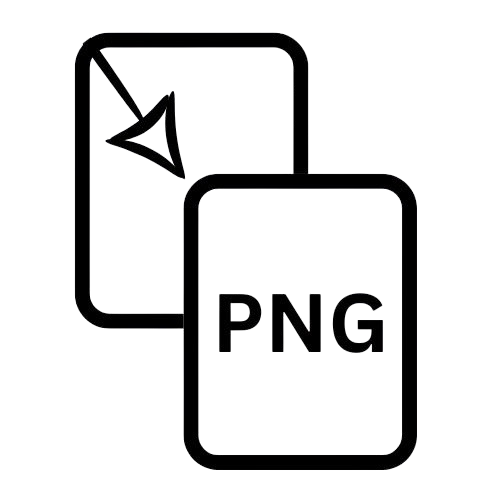
How to Write Article, Paper, & Essay Without Plagiarizing?
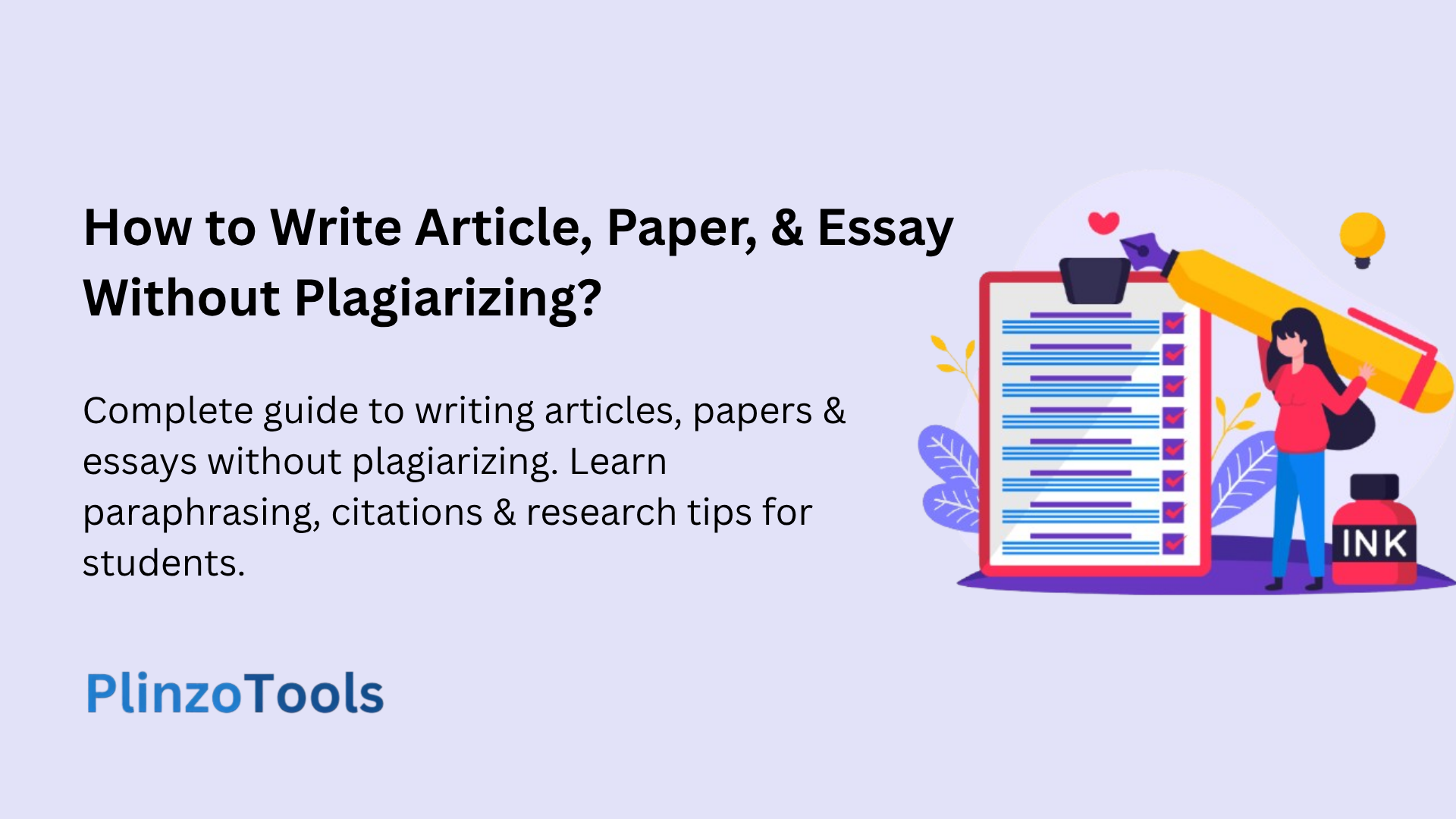
How to Write an Article, Paper, and Essay Without Plagiarizing? Complete Guide for Students and Writers
Writing original content while incorporating research from various sources is one of the most challenging aspects of academic and professional writing. Whether you’re crafting an essay, research paper, or article, understanding how to avoid plagiarism in writing is essential for maintaining academic integrity and professional credibility.
Understanding Plagiarism: What Every Writer Must Know
Before diving into prevention strategies, it’s crucial to understand what constitutes plagiarism. Plagiarism in academic writing occurs when you present someone else’s ideas, words, or work as your own without proper attribution. This includes:
- Copying text directly without quotation marks or citations
- Paraphrasing without acknowledging the original source
- Using someone’s ideas or concepts without credit
- Self-plagiarism (reusing your own previously published work)
- Inadequate or incorrect citation practices
As we’ve explored in our detailed analysis of whether plagiarism is illegal, the consequences extend beyond academic penalties and can have serious legal implications in professional contexts.
Essential Strategies for Plagiarism-Free Writing
1. Master the Art of Research Organization
Effective research organization is the foundation of original writing. One of the most common ways that students commit plagiarism is by simply forgetting where an idea came from and unintentionally presenting it as their own. To prevent this:
- Create a detailed research log with source information
- Use separate documents for each source
- Include complete citation information from the start
- Take notes in your own words immediately after reading
2. Develop Your Unique Writing Voice
Your writing voice is what distinguishes your work from others. How to write original content starts with developing confidence in your own perspective and analytical abilities. Instead of relying heavily on source material, focus on:
- Analyzing information through your unique lens
- Drawing connections between different sources
- Forming your own arguments and conclusions
- Using sources to support rather than replace your ideas
3. Perfect Your Paraphrasing Techniques
Effective paraphrasing strategies require more than simply changing a few words. Successfully paraphrasing without plagiarizing involves a bit of a dance. Reword and format your writing in an original way, and try to avoid using too many similar words or phrases from the source.
Paraphrasing Best Practices:
- Read the original text multiple times
- Set the source aside while writing
- Use different sentence structures
- Replace key terms with synonyms appropriately
- Always cite the original source
4. Use Quotations Strategically
Direct quotations should be used sparingly and strategically. Include quotes when:
- The original wording is particularly powerful or memorable
- The exact language is crucial to your argument
- You’re analyzing specific word choices or language use
- Paraphrasing would change the intended meaning
Proper quotation formatting requires:
- Quotation marks around exact words
- Accurate transcription of the original text
- Appropriate in-text citations
- Integration into your own sentence structure
5. Master Citation Styles and Formats
Correct citation practices are non-negotiable for avoiding plagiarism. Familiarize yourself with major citation styles:
APA Style Example:
- In-text: (Johnson, 2023, p. 45)
- Reference: Johnson, M. (2023). Academic writing strategies. University Press.
MLA Style Example:
- In-text: (Johnson 45)
- Works Cited: Johnson, Michael. Academic Writing Strategies. University Press, 2023.
Advanced Techniques for Original Content Creation
Time Management and Planning
Academic writing time management plays a crucial role in preventing plagiarism. Rushed writing often leads to inadequate citation and poor paraphrasing. Effective planning includes:
- Starting research early to avoid last-minute pressure
- Creating detailed outlines before writing
- Allocating specific time for revision and citation checking
- Building in buffer time for unexpected research needs
Source Evaluation and Selection
Credible source selection ensures your work builds on reliable foundations. Evaluate sources based on:
- Author expertise and credentials
- Publication date and relevance
- Peer review status
- Institutional affiliation
- Citation frequency by other scholars
Integration of Multiple Perspectives
Synthesizing multiple sources demonstrates advanced academic writing skills. Rather than presenting sources in isolation:
- Compare and contrast different viewpoints
- Identify patterns and themes across sources
- Highlight areas of agreement and disagreement
- Position your argument within the broader conversation
Technology Tools for Plagiarism Prevention
Plagiarism Detection Software
Plagiarism checker tools serve as your final safety net before submission. Popular options include:
- Turnitin for comprehensive academic checking
- Grammarly for real-time writing assistance
- Copyscape for web content verification
- Quetext for detailed similarity analysis
These tools help identify unintentional plagiarism and ensure proper attribution throughout your work. For content creators looking to monetize their writing, understanding these tools is as important as learning about Google AdSense blogging strategies.
Reference Management Systems
Citation management tools streamline the research and writing process:
- Zotero for comprehensive source management
- Mendeley for collaborative research projects
- EndNote for advanced academic research
- RefWorks for institutional integration
Common Plagiarism Pitfalls and How to Avoid Them
Mosaic Plagiarism
This subtle form involves piecing together phrases from multiple sources without proper attribution. Prevent this by:
- Writing substantial original content between sources
- Clearly marking all borrowed phrases
- Varying your sentence structures significantly
- Using transitional phrases to connect ideas
Inadequate Paraphrasing
Simply changing a few words isn’t sufficient. Avoid plagiarism and accidental plagiarism in your research papers by using quotations properly, paraphrasing appropriately, and citing sources correctly.
Self-Plagiarism Concerns
Reusing your own work without disclosure can constitute plagiarism in academic contexts. Always:
- Cite your previous work when referencing it
- Check institutional policies on self-citation
- Create new analysis rather than recycling old content
- Discuss reuse with instructors when uncertain
Building Academic Integrity Habits
Consistent Citation Practices
Develop automatic habits around citation:
- Record source information immediately
- Create consistent formatting procedures
- Double-check all citations before submission
- Maintain detailed bibliography files
Ethical Research Practices
Academic integrity in research extends beyond avoiding plagiarism:
- Acknowledge all contributors to your ideas
- Report methodology honestly
- Present data accurately without manipulation
- Respect intellectual property rights
Digital Age Considerations
Online Source Challenges
Digital research ethics require special attention:
- Verify website credibility and authority
- Check for publication dates on web content
- Archive web pages that might change
- Use DOIs when available for stable references
Social Media and Informal Sources
When incorporating social media or informal online content:
- Obtain permission when possible
- Consider privacy implications
- Cite platform and user information
- Evaluate credibility carefully
International and Cultural Perspectives
Cross-cultural writing considerations affect plagiarism standards:
- Different cultures have varying views on intellectual property
- International students may need extra guidance
- Citation expectations vary across educational systems
- Language barriers can complicate proper attribution
Professional Writing Applications
Business and Technical Writing
Professional plagiarism prevention applies beyond academia:
- Company policies often mirror academic standards
- Legal implications increase in commercial contexts
- Client work requires original content guarantees
- Industry standards vary by field
Content Creation and Blogging
For online content creators:
- Search engines penalize duplicate content
- Original content builds authority and trust
- Proper attribution protects against legal issues
- Quality content drives better engagement
Emergency Strategies for Tight Deadlines
When time is limited, prioritize:
- Basic citation over perfect formatting
- Clear source attribution over elegant prose
- Accurate quotations over extensive paraphrasing
- Honest acknowledgment of time constraints
Building Long-Term Writing Skills
Reading and Analysis Development
Critical reading skills improve writing originality:
- Practice identifying main arguments
- Develop note-taking systems
- Engage with texts critically
- Build vocabulary for effective paraphrasing
Writing Process Refinement
Iterative writing improvement prevents plagiarism:
- Draft multiple versions with different approaches
- Seek feedback from peers and instructors
- Revise with focus on original contribution
- Practice explaining concepts in your own words
Conclusion: Mastering Plagiarism-Free Writing
Writing without plagiarizing requires a combination of ethical awareness, technical skills, and consistent practice. By implementing these strategies systematically, you’ll develop the confidence and competence to create original, well-researched content that respects intellectual property while advancing your own ideas.
Remember that avoiding plagiarism isn’t just about following rules—it’s about contributing meaningfully to academic and professional conversations while maintaining the highest standards of integrity. In order to steer clear of plagiarism, it is important to keep a record of your sources and accurately cite them. Running the material through a plagiarism detector before you submit will help guarantee that there is no unintentional plagiarism going on.
The journey to mastering plagiarism-free writing takes time and practice, but the skills you develop will serve you throughout your academic and professional career. Start implementing these strategies today, and you’ll soon find yourself writing with greater confidence, originality, and integrity.
Key Takeaways for Plagiarism-Free Writing:
- Plan your research and writing timeline carefully
- Develop strong note-taking and citation habits
- Practice paraphrasing and synthesis skills regularly
- Use technology tools as aids, not crutches
- Seek help when uncertain about citation requirements
- Remember that original thinking is your greatest asset
You can also check PlinzoTools for more useful online tools for your daily work. They are all secure and free-to-use utilities. So, do give them a try!

